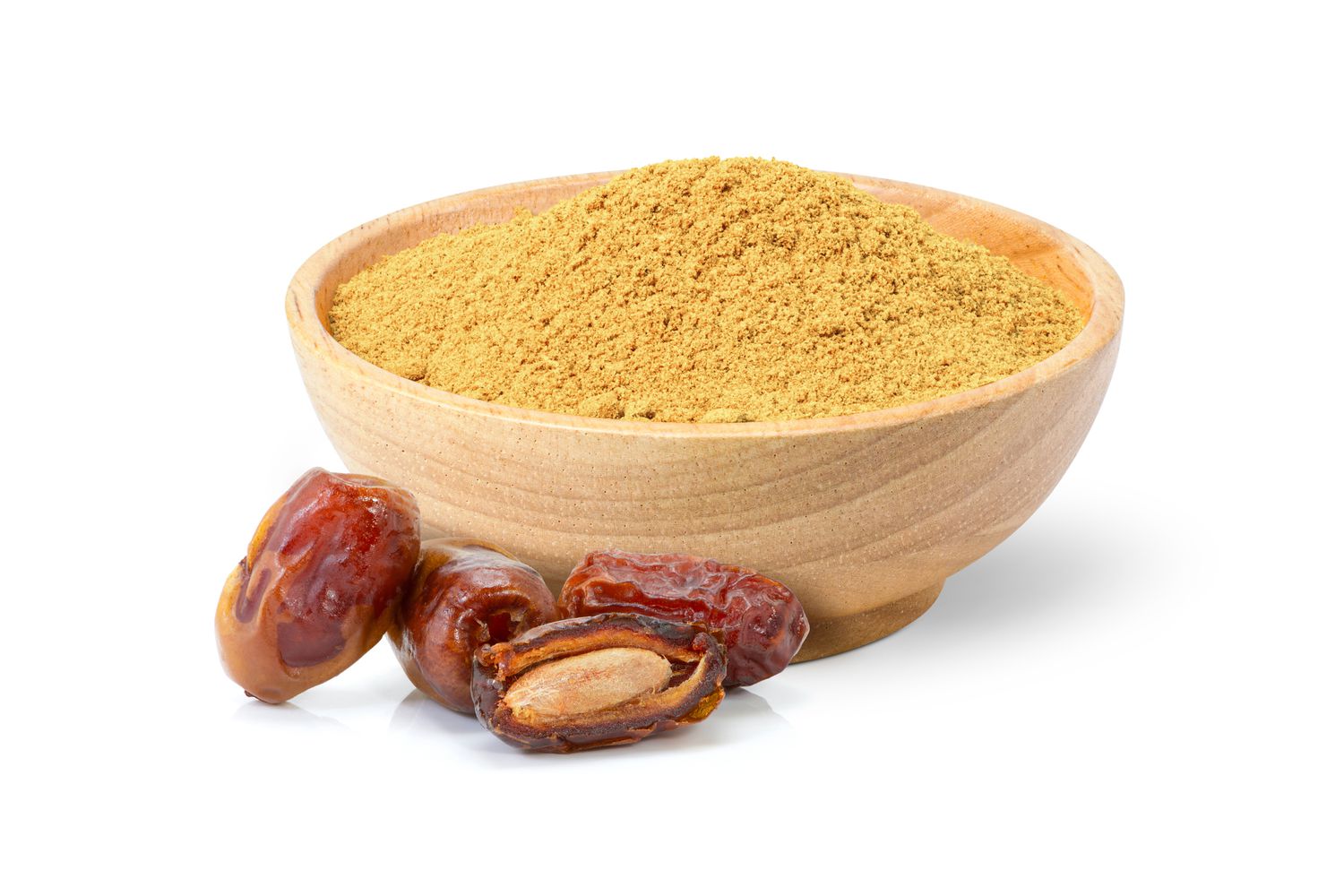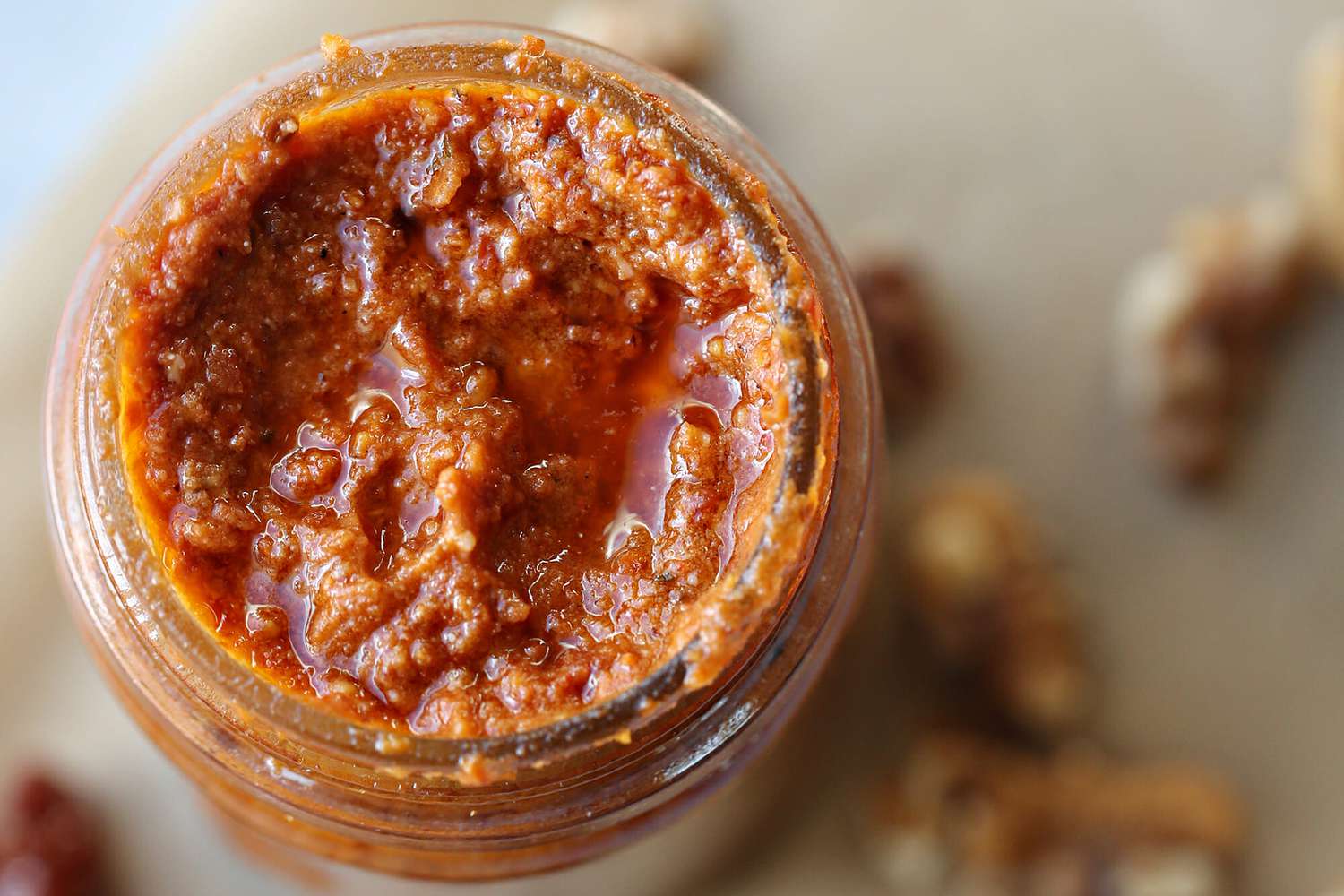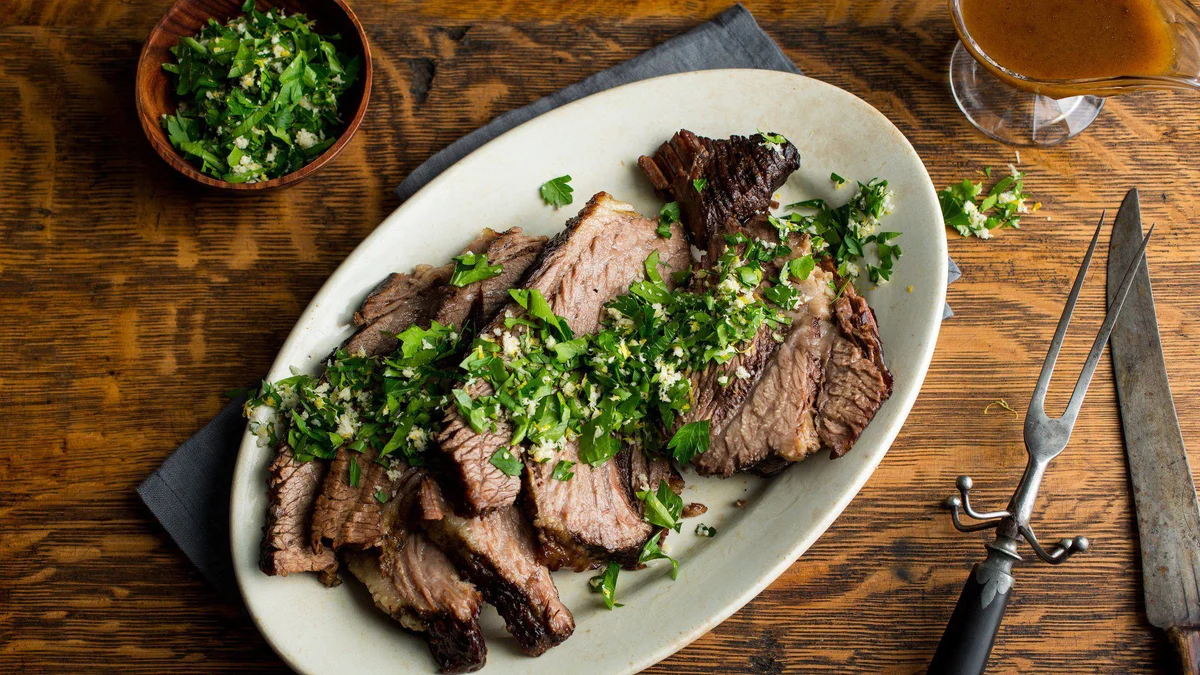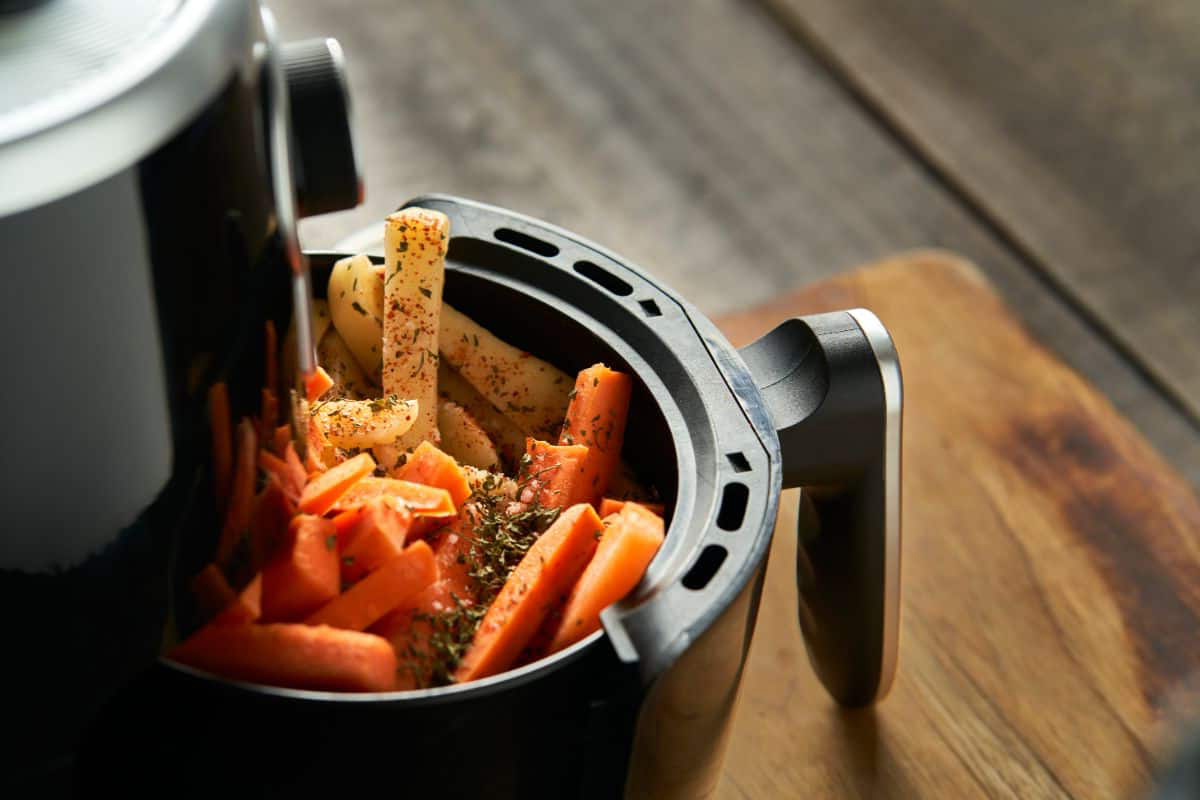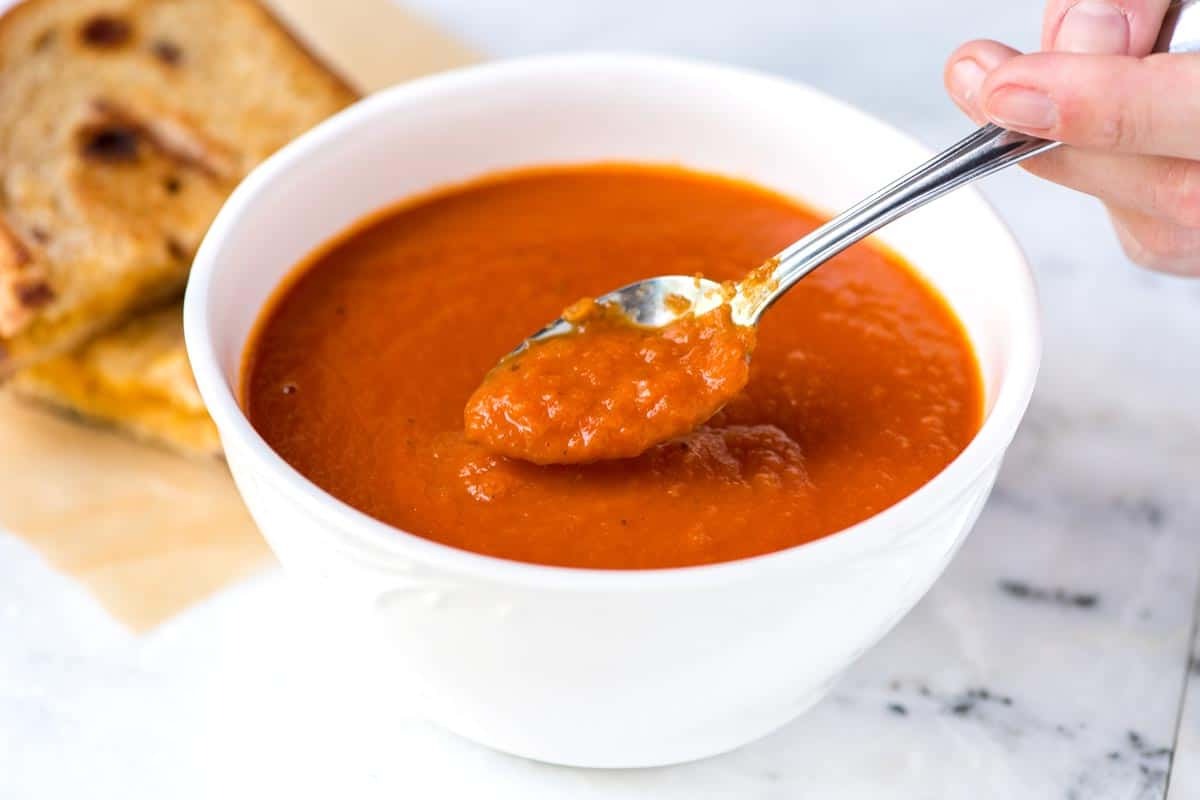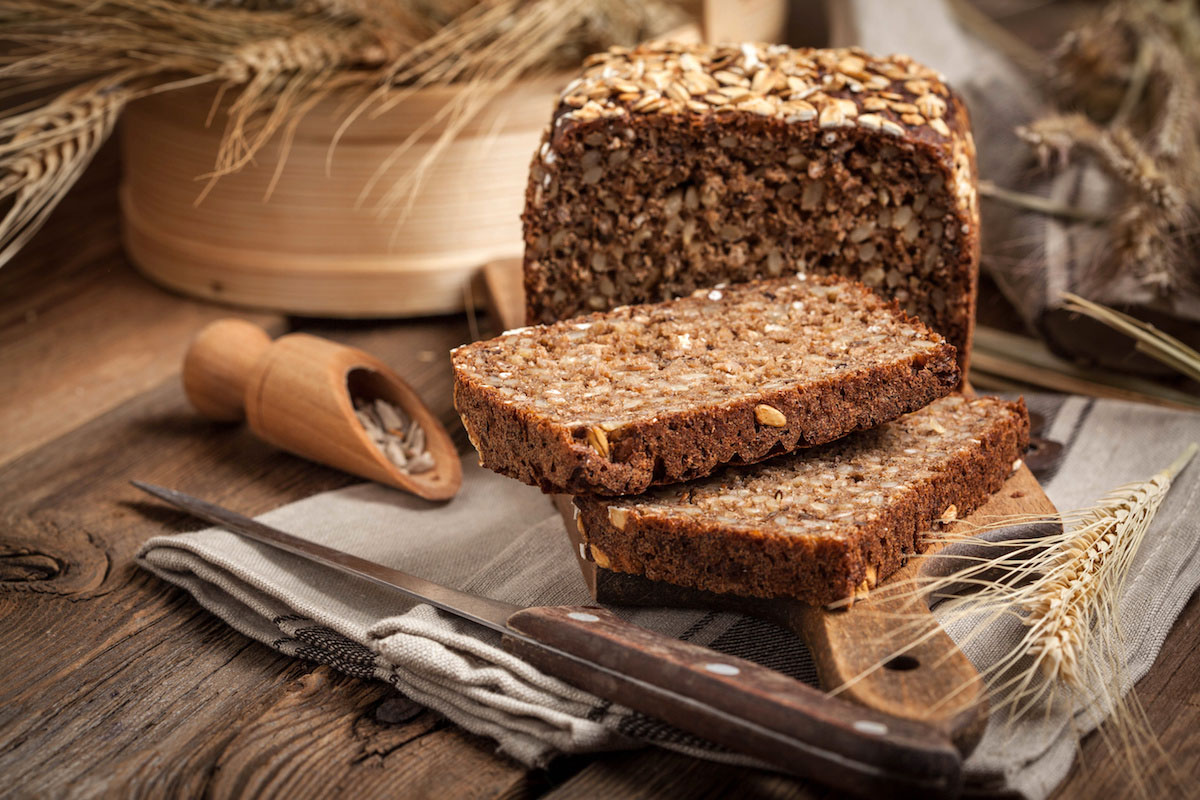Understanding Low Sodium Breakfast
When it comes to maintaining a healthy diet, reducing sodium intake is an important factor to consider. Excessive sodium consumption can lead to high blood pressure, heart disease, and other health issues. One way to manage your sodium intake is by starting your day with a low sodium breakfast. But what exactly does that entail?
What Makes a Breakfast Low in Sodium?
A low sodium breakfast is one that contains minimal amounts of salt and sodium-rich ingredients. This means opting for foods that are either naturally low in sodium or prepared with little to no added salt. Here are some key components of a low sodium breakfast:
- Fresh Fruits and Vegetables: Incorporating fresh fruits and vegetables into your breakfast can add flavor and nutrients without the need for added salt. Consider options like berries, bananas, spinach, and tomatoes.
- Whole Grains: Choosing whole grain options such as oatmeal, quinoa, or whole grain bread can contribute to a low sodium breakfast. Be sure to check labels for added sodium in packaged products.
- Lean Protein Sources: Including lean protein sources like eggs, Greek yogurt, or tofu can help create a satisfying breakfast without excess sodium. Avoid processed meats like bacon and sausage, which are typically high in sodium.
- Herbs and Spices: Flavoring your breakfast with herbs and spices instead of salt can enhance the taste without increasing sodium content. Consider options like black pepper, garlic powder, or fresh herbs like basil and cilantro.
- Low Sodium Dairy: If you enjoy dairy products, opt for low sodium or unsalted varieties of cheese, milk, and yogurt to keep your breakfast sodium levels in check.
Benefits of a Low Sodium Breakfast
Choosing a low sodium breakfast offers several benefits for your overall health. By reducing your sodium intake in the morning, you can help manage your blood pressure, reduce bloating, and decrease your risk of cardiovascular issues. Additionally, a low sodium breakfast can promote better hydration and support healthy kidney function.
Tips for Creating a Low Sodium Breakfast
If you’re looking to transition to a low sodium breakfast, consider the following tips:
- Read Labels: When purchasing packaged foods, be sure to read the nutrition labels and choose options with lower sodium content.
- Limit Processed Foods: Processed and pre-packaged breakfast items often contain high levels of sodium. Opt for whole, unprocessed foods whenever possible.
- Experiment with Flavors: Get creative with herbs, spices, and citrus juices to add flavor to your breakfast without relying on salt.
- Plan Ahead: Planning your low sodium breakfasts in advance can help you make mindful choices and avoid reaching for high sodium convenience foods on busy mornings.
- Stay Hydrated: Drinking an adequate amount of water in the morning can help flush out excess sodium from your system.
Conclusion
Incorporating a low sodium breakfast into your daily routine can be a simple yet impactful step towards improving your overall health. By focusing on whole, unprocessed foods and minimizing added salt, you can start your day on a healthy and flavorful note.
Remember, small changes to your breakfast routine can lead to significant long-term health benefits. So, why not start tomorrow morning with a delicious, low sodium breakfast?
Was this page helpful?
Read Next: What Is Pork Souvlaki?


